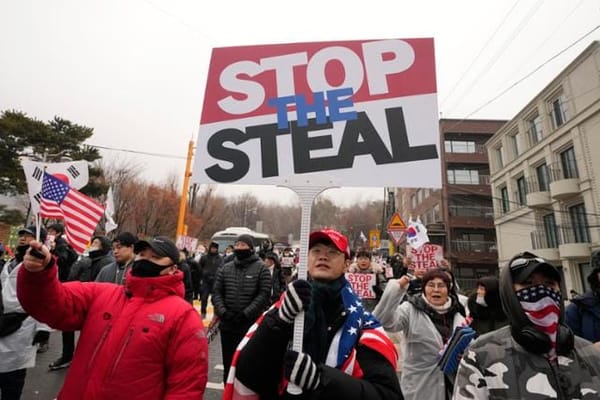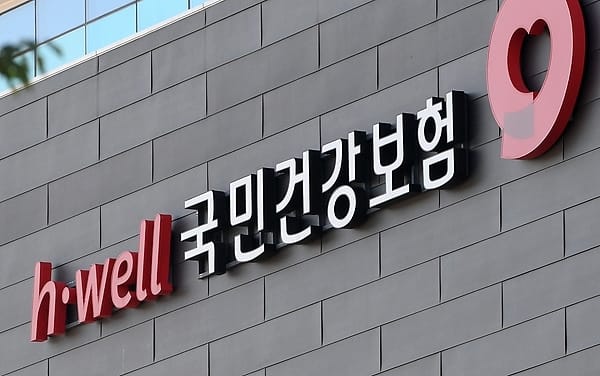Photo: Governor Kim Jin-tae (second from the right) makes a statement regarding the Legoland Korea bond default. Credit: Gangwon-do Province.
The abrupt default of Gangwon-do Provincial Government 강원도청’s guarantee of the bonds, whose proceeds were used to build Legoland Korea in Chuncheon 춘천, has paralyzed South Korea’s bond market. Previously on September 28, newly elected Gangwon-do Provincial governor Kim Jin-tae 김진태 강원도지사, a far-right personality known for his denial of the massacre in Gwangju 광주 in 1980, announced that the provincial government will not pay back the KRW 205b (USD 143m) debt of the Gangwon Jungdo Corporation (GJC) 강원중도개발공사, a special purpose entity established to construct and operate the Legoland amusement park. (See previous coverage, “Was Legoland Default Politically Motivated?”)
With the provincial government’s guarantee, the GJC bonds were considered a safe investment with an A1 rating. With Governor Kim’s declaration, however, the bonds were declared insolvent in a matter of days. What is more, the drop in the GJC bond rating effectively downgraded all other bonds in South Korea’s bond market, suddenly choking off the cash flow last week. Speculation ran rampant that mass bankruptcies were imminent, as corporations were suddenly scrambling to borrow money in a capital market that was already losing liquidity as the Bank of Korea 한국은행 had been raising the benchmark interest rate to curb inflation. (See previous coverage, “The Triple Quandary.”)
Lotte Engineering & Construction Co. 롯데건설, the construction division of South Korea’s top-5 chaebol, rushed to raise KRW 700b (USD 485m) this week by issuing KRW 200b in additional shares and borrowing KRW 500b from Lotte Chemical 롯데케미칼. The bonds that would have financed the Dunchon-dong 둔촌동 redevelopment project, the largest pending construction project in Seoul, failed to find investors, leaving the consortium of its construction companies (which includes Lotte) saddled with the KRW 700b bill, putting the entire project in jeopardy. (See previous coverage, “Dunchon-dong Redevelopment in Trouble.”)
On October 27, several large companies including Moorim Paper 무림페이퍼 and Hanshin Construction & Engineering 한신공영 will issue bonds with a guarantee from Korea Credit Guarantee Fund (KODIT) 신용보증기금, a publicly owned corporation that acts as a guarantor of last resort for companies in distress. The government announced that it would re-start the Bond Market Stabilization Fund 채권시장안정펀드, initially established in 2008 in response to the global financial crisis, with KRW 50t (USD 35b) to calm the market panic.
Even the conservative press has taken to comparing Governor Kim to the former British prime minister Liz Truss, as both gratuitously caused a financial crisis for nakedly political reasons. Kim was aiming to paint his liberal predecessor Choi Mun-sun 최문순 as a wastrel by characterizing Legoland Korea as a white elephant project. Kim, however, apparently did not think through the consequences of withdrawing support from an A1-rated bond, whose sole reason for the high rating was government backing.
In his statement, Kim said “Gangwon-do Province never declared a default[,]” and only sought to “restructure GJC” - eliding the fact that the latter would automatically lead to the former. As the crisis spread, Kim belatedly announced that the Gangwon-do Provincial Government would allocate a special budget to pay back the debt - a gesture that means little in restoring confidence in the bond market.








